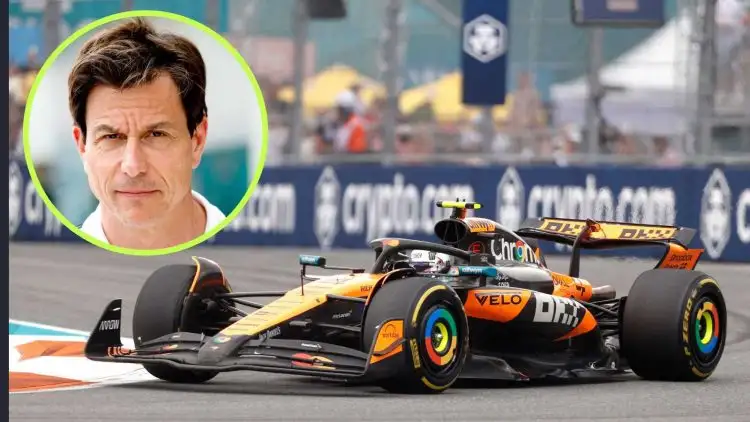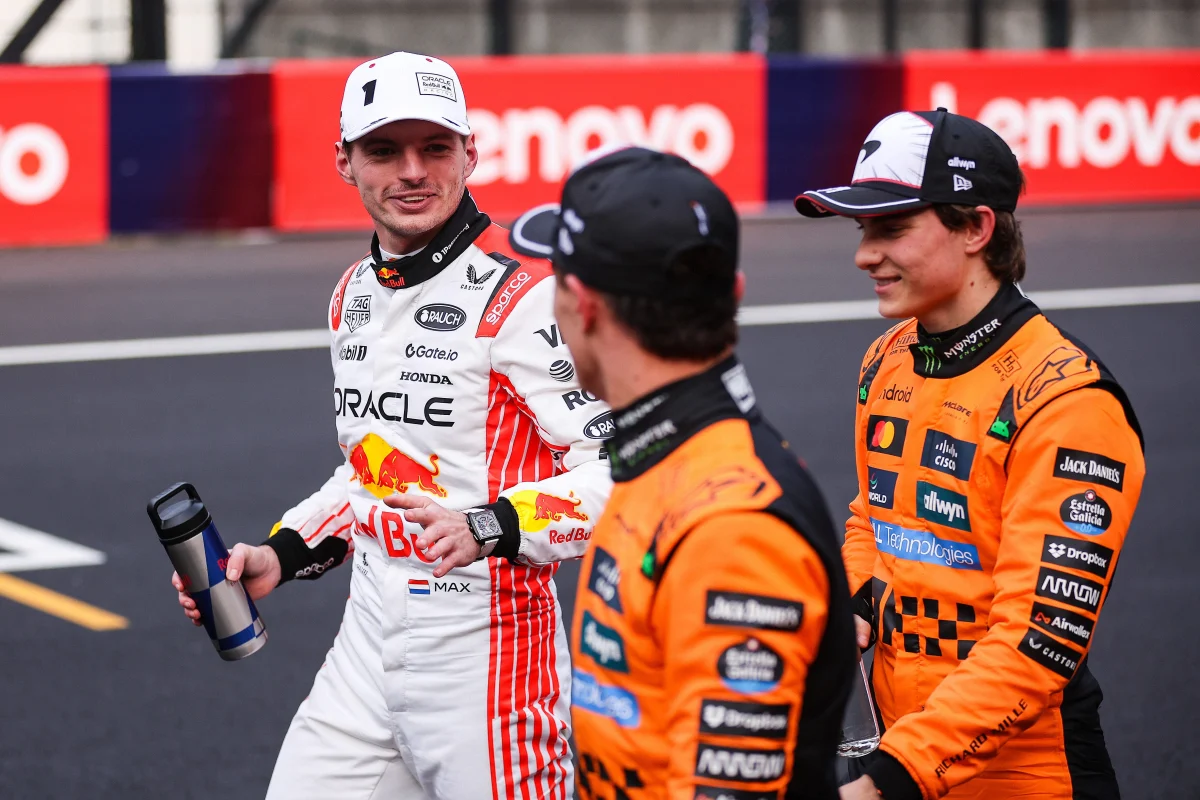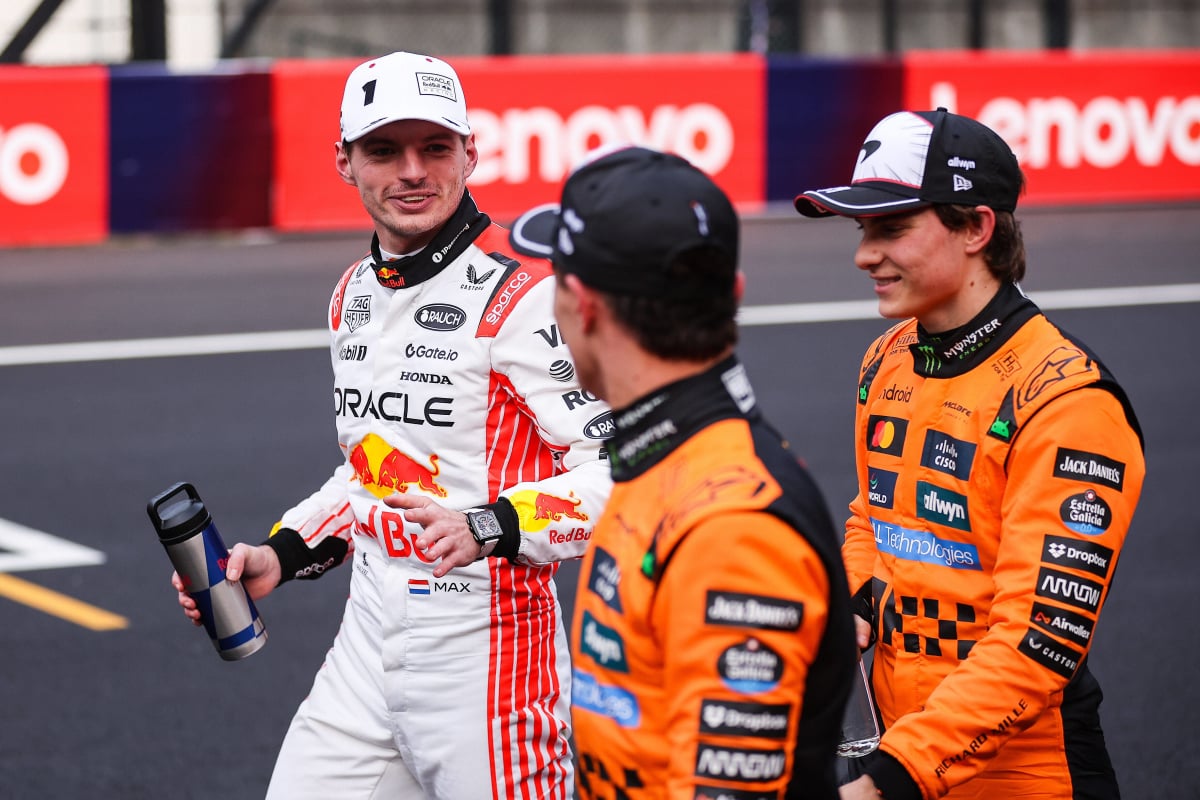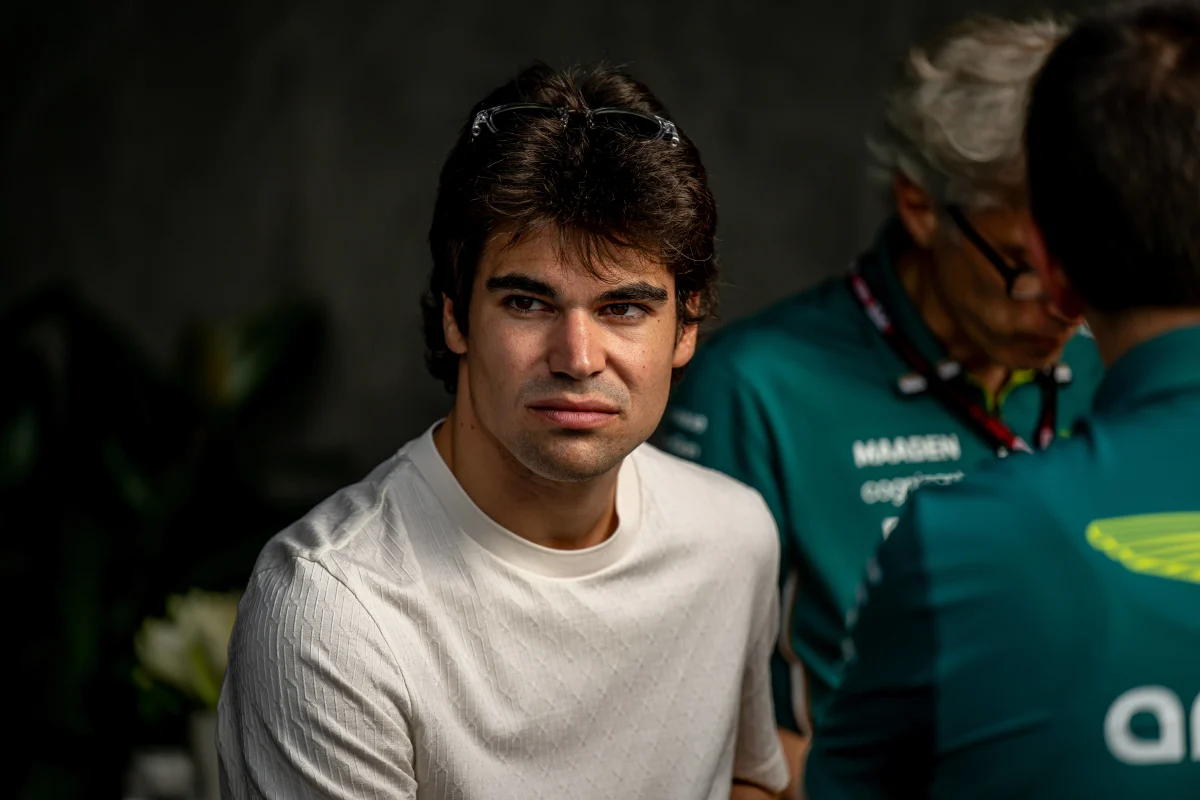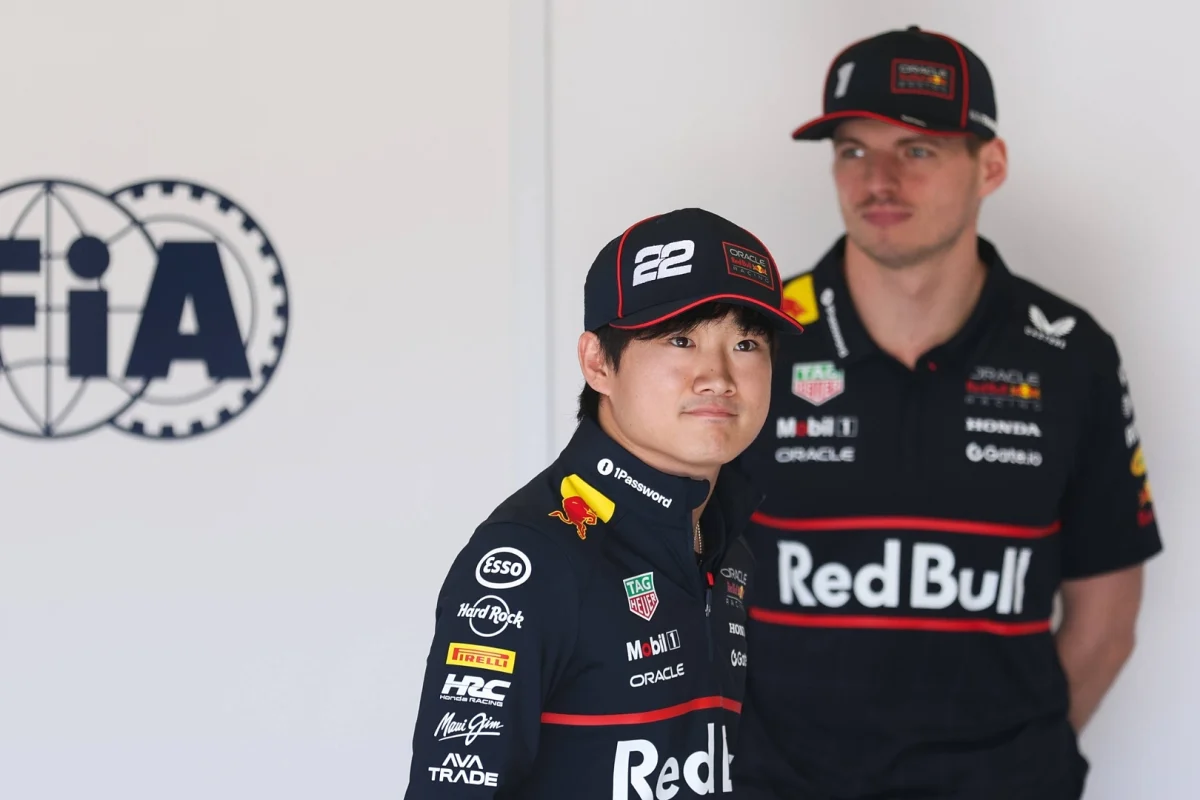FIA Warns McLaren and Mercedes of Disqualification Over Failure to provide… read more
As the revised flexi-wing regulations (TD018H) officially come into play at the Spanish Grand Prix, most Formula 1 teams have reacted with visible updates to their front wings. However, McLaren has chosen not to submit any such changes to the FIA, making it one of the few teams to opt out of modifying the front of its car in response to the directive.
Mercedes has also not declared new front wing updates for this round, but the Brackley-based outfit had already made the necessary changes during the Emilia Romagna Grand Prix, staying ahead of the regulatory curve. In contrast, front-running teams like Red Bull and Ferrari have both submitted notable front wing upgrades in accordance with the FIA’s disclosure requirements.
Red Bull’s update involves modifications to the first and second elements of the front wing, affecting the flaps and tips. The team explained that these changes were designed to comply with the updated 2025 F1 Technical Regulations effective from the Spanish Grand Prix. Their statement noted that the wing geometry was refined to increase stiffness with minimal weight penalty while fine-tuning the desired aerodynamic load characteristics.
Ferrari has focused its updates on the front wing’s endplates and the outboard tip rolls. Additionally, the Italian squad has altered the chordwise and spanwise loading distribution across the wing elements to optimize performance under the new rules.
Several midfield and lower-tier teams have also taken action to ensure compliance. Aston Martin, Haas, Williams, and Racing Bulls have all submitted front wing changes. Interestingly, Stake (formerly Alfa Romeo) has also revised its front wing, although its submission did not explicitly reference the new technical directive. Instead, Stake described the update as a minor adjustment to the transition between the mainplane and the endplate.
Beyond the mandatory rule adaptations, many teams have brought circuit-specific upgrades to Barcelona, likely one of the final key update windows before development fully shifts to the 2026 regulation changes.
Ferrari, for example, introduced a track-specific rear wing, a modified version of a design first seen at the end of 2024 and recently run at Imola. The update aims to improve airflow and enhance the wing’s high-downforce efficiency. Mercedes has also brought a new rear wing, featuring reprofiled mainplane and flap elements to improve drag and downforce. Additionally, Mercedes updated its floor fences to enhance aerodynamic flow conditioning.
Alpine has also upgraded its floor and made refinements to the floor fences, similar to Mercedes. Meanwhile, Racing Bulls have introduced a revised nose design, raising the lower surface and lowering the tip. These changes are linked to their front wing update, which includes a revised connection between the wing tips and endplates.
Williams made two additional updates: a modified rear corner featuring reworked rear brake duct geometry and an optional cooling louvre panel. Lastly, Stake has enhanced its car’s floor and engine cover, aiming to boost localized aerodynamic load and airflow performance.
With the flexi-wing directive now enforced, the Barcelona race marks a crucial phase in 2025 car development, before attention fully shifts toward the sweeping regulation changes coming in 2026.
